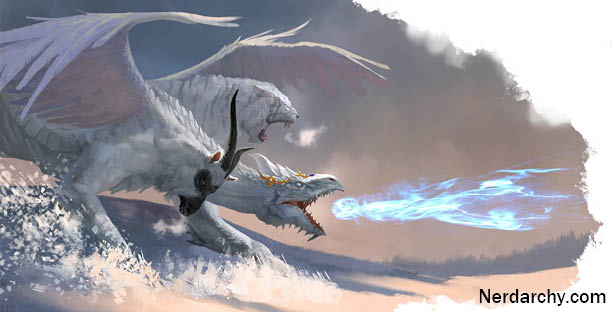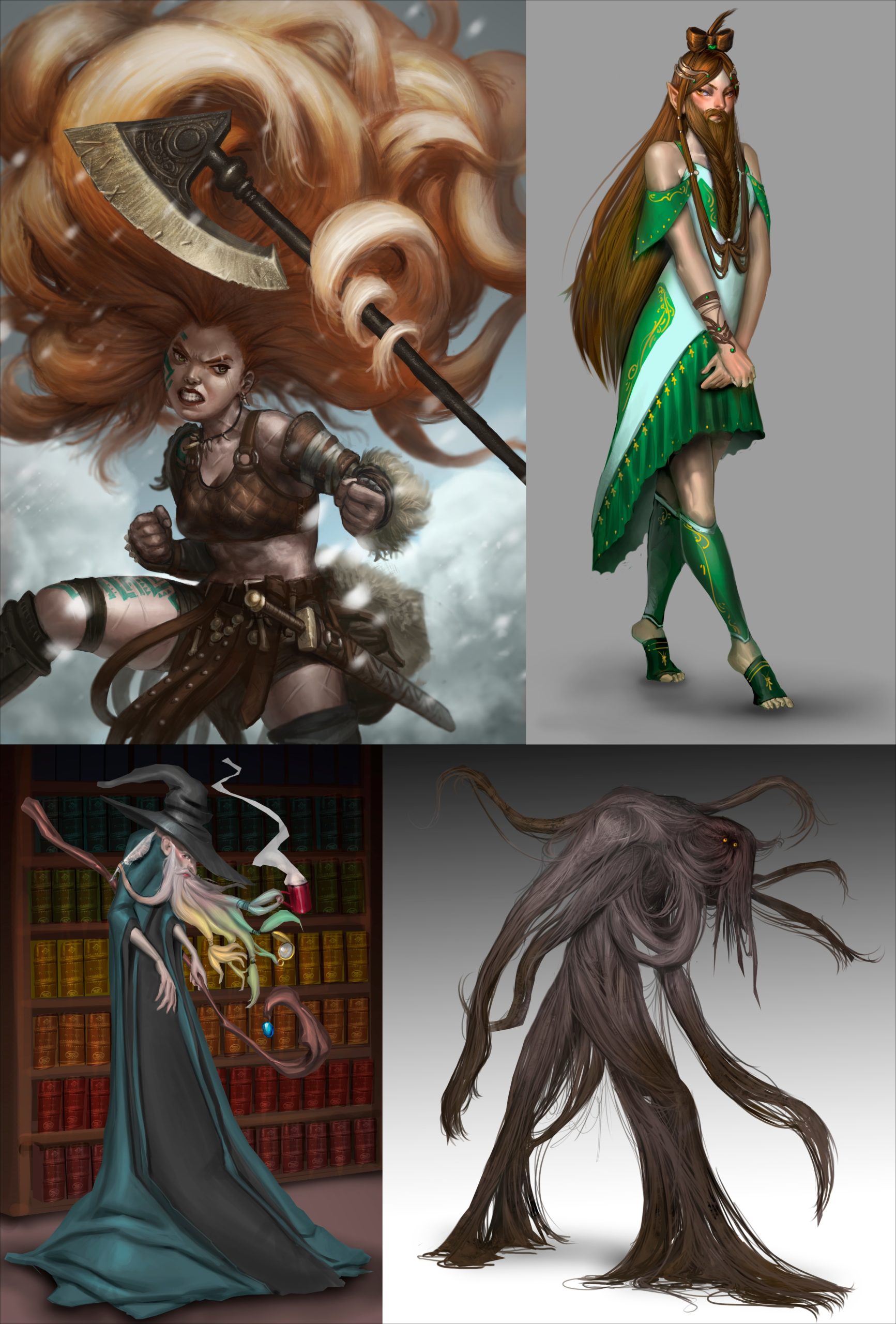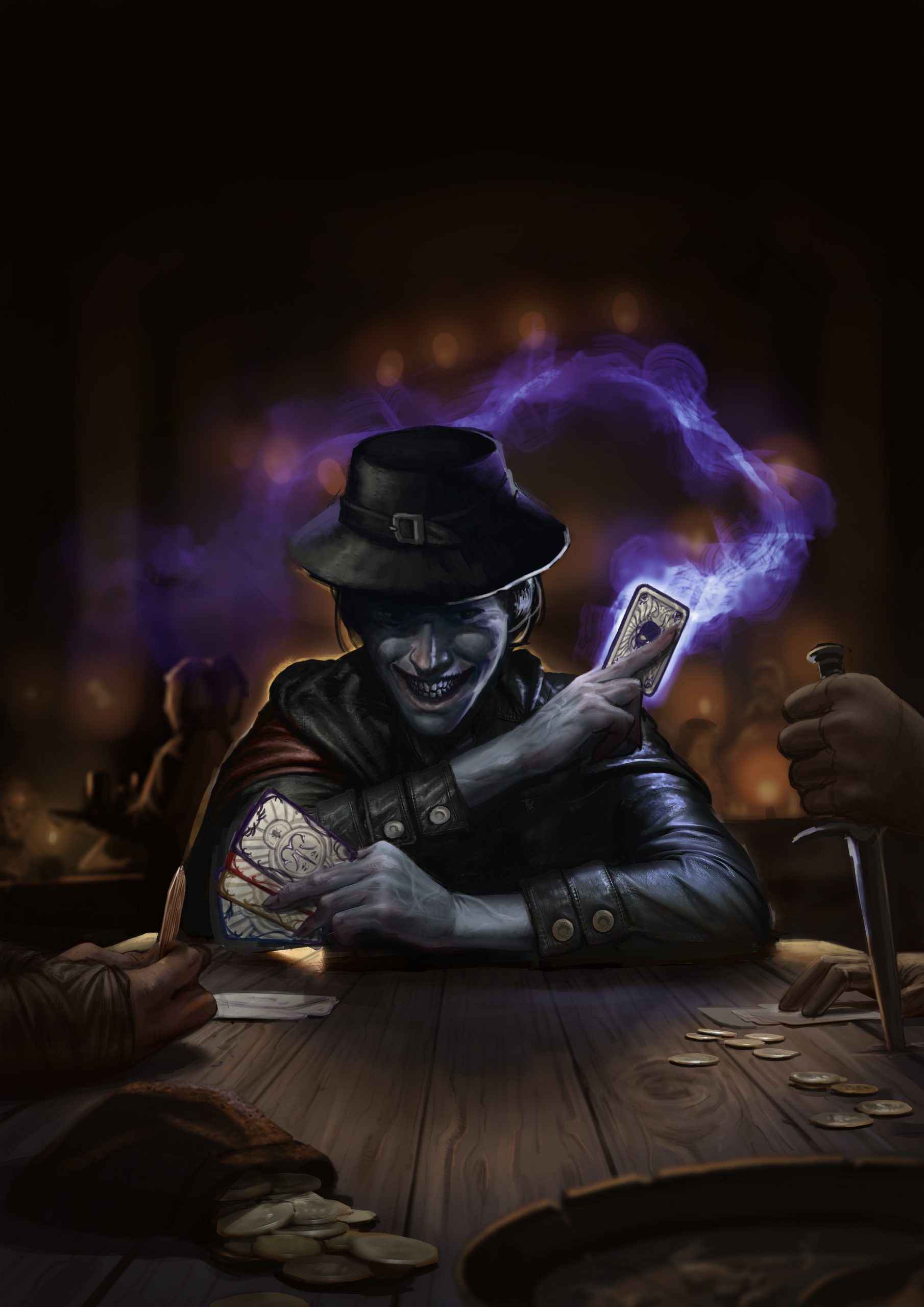“Gone But Not Forgotten”- Out of the D&D Encounters Box #4
May 27, 2016
Introduction:
Not every encounter is a stop-gap intended to act as filler or a way to make an other wise long journey more memorable. Sometimes an encounter can alter the entire plan that the players have…simply because of a choice. We’ve seen this dynamic over and over again in movies, TV, books, etc.
As DMs, we also know that the wild card of player choice will always alter any plans made when a DM over-plans. Therefore, it’s sometimes a good idea to use this factor to one’s own advantage. Player curiousity, greed, aggression, stubborness and so on can be to a DMs advantage when the set-up is right. They key is not to use this too often or your players will become so paranoid as to go nowhere and do nothing without tedious over-prep on their part.
However, used sparingly, you can fish the players into a whole series of events, all because of one tiny choice or another.
Then you have stopped having an encounter. Now you have an adventure.
The following is one such offering. It tests player curiousity, greed, aggression, and no amount of stubborness. What they do with the items and situations presented may play out to be a little more complicated than they bargained for.
I present Out of the Box #4: “Gone But Not Forgotten”:
————————–
“Gone But Not Forgotten”
Environment: Wilderness – Grasslands, Hills, Farmland.

Suggested Level: 2-3
In a lonely area, away from the wanderings of most civilized folk, stands a large and odd hill in the middle of nowhere. It’s near-perfectly domed shape stands out as unusual given the surrounding terrain. Were it not for the grass and single tree growing atop it, and the several shrubs that mark it’s base, you would think it to be man-made.
This hillock is a barrow mound, and ancient burial site for an individual of importance at least two centuries old. It contains a burial chamber for these remains. The hillock should be no bigger than 500′ in diameter. It is a burial mound,not a mountain. It will likely stand 50′ tall. It will contain a single chamber within, intended as a crypt.
If the characters approach within 50’ of it, they will (Perception: DC 12) see a stone door ajar in a flagstone door frame hidden behind one of the many shrubs. It is only open a crack, with darkness being the only clue behind.
If the characters approach the door within 10’, what will become very obvious that several bones litter the ground around the doorway. The weathered and tattered remains of clothing and scraps of leather armor lie in the grass with them. Rusted, useless and destroyed remains of two swords and a few daggers lay among the bones.
And Investigation (DC13) check will determine that at least two, possibly three individuals remain here. It’s hard to be exact, as wildlife may have either devoured or removed at least some of the organic remains.
The earth around the door itself is overgrown with tall grass, and the door itself is difficult to move due to settling of the door frame. The result of which is a difficult (DC 15) Strength check to open the door.
If the door is opened, an ancient curse activates that was intended to protect the interior, and the tree and surrounding shrubs awaken to defend the sanctity of these remains. These plants will not retreat, and fight to the end – unless the characters retreat away from the barrow mound to a distance of 60’. At which point the plants return to their original locations. Any damage they suffered is healed upon this return and they become normal plants again – unless awakened again.
If the characters are victorious and proceed in, they will only travel a short and low hall perhaps 5’ tall, 5’  wide, and 10 feet long, which will descend approximately 10 to 15 feet. Inside is a single chamber, 20’ in diameter with a domed flagstone roof and a recessed floor, also lined with flagstones. The dominant feature is a stone sarcophagus with a cracked lid. Its surface still possesses the weathered remains of tribal designs, showing a heroic figure upon a war chariot. It’s upper body and face have been obscured (Investigation DC 13) with some sort of scraping damage created when the lid was unsuccessfully opened at an earlier date.
wide, and 10 feet long, which will descend approximately 10 to 15 feet. Inside is a single chamber, 20’ in diameter with a domed flagstone roof and a recessed floor, also lined with flagstones. The dominant feature is a stone sarcophagus with a cracked lid. Its surface still possesses the weathered remains of tribal designs, showing a heroic figure upon a war chariot. It’s upper body and face have been obscured (Investigation DC 13) with some sort of scraping damage created when the lid was unsuccessfully opened at an earlier date.
 wide, and 10 feet long, which will descend approximately 10 to 15 feet. Inside is a single chamber, 20’ in diameter with a domed flagstone roof and a recessed floor, also lined with flagstones. The dominant feature is a stone sarcophagus with a cracked lid. Its surface still possesses the weathered remains of tribal designs, showing a heroic figure upon a war chariot. It’s upper body and face have been obscured (Investigation DC 13) with some sort of scraping damage created when the lid was unsuccessfully opened at an earlier date.
wide, and 10 feet long, which will descend approximately 10 to 15 feet. Inside is a single chamber, 20’ in diameter with a domed flagstone roof and a recessed floor, also lined with flagstones. The dominant feature is a stone sarcophagus with a cracked lid. Its surface still possesses the weathered remains of tribal designs, showing a heroic figure upon a war chariot. It’s upper body and face have been obscured (Investigation DC 13) with some sort of scraping damage created when the lid was unsuccessfully opened at an earlier date. Within the coffin, the mummified remains of a tall figure lay within, their face covered with a dusty wooden and metal-bound shield. It’s former armor has corroded away in the humidity, but the remains of silver finery are still upon him. Two thick bracelets engraved in woven patterns, a silver torc around it’s neck, and a silver buckle in the shape of a horse’s head upon a rotted leather belt remain behind.
Upon the recessed floor are the rotted remains of two wooden wheels, and axle and a cart (formerly a chariot), wax-sealed clay pots containing spoiled grains, wine (now vinegar) and tools – all intended for use in the afterlife. Two massive halfing-sized clay pots hold larger bones (Nature check: DC 12 – Two horses).
Monsters:
Awakened Tree (1): as per Monster Manual p.317
Awakened Shrub (6): as per Monster Manual p.317
Treasure:
The silver torc (a heavy one-piece horse-shoe shaped necklace) worth 100gp
Two silver bracelets worth 25gp each
Silver horse head belt buckle 25gp
Optional – The shield can be a +1 Shield.
Complications:
Aside from the reactions of the awakened plants, there’s an option to continue this encounter as a plot hook or the creation of a villain.
Curse of the Dead – One could decide to either place a curse upon the characters who rob this tomb. Until all of the jewellery, and the shield are laid to rest where they were found, those who robbed the grave will suffer Disadvantage on Wisdom saving throws, especially those involving Fear or Madness. A “Remove Curse” may work to resolve this, but it might be wise to have the grave robbers still suffer dreams or nightmares of guilt for a few days even after such a spell is cast – just for effect.
Revenge of the Dead – One could have the dead figure rise from the grave to hunt his lost items down. Depending on the level of the characters, one could decide if it’s a Ghost, Revenant or Mummy. It’s all up to how far the DM wishes to take this. If your party is low-level, the Ghost is your best method, as it would have the option of possessing loved ones or associates of the party to hunt down or retrieve the lost item without having to damage them.
In either case, the DM can present an opportunity where the simple “Smash and Grab” routine practiced by so many adventurers comes into question. How far you wish to take either complication is up to you – but the end result should be this:
Just because it’s there doesn’t mean it’s yours.
The title of the encounter will ring true. The barrow’s resident may be gone, but not forgotten by it’s guardian trees. The items, once taken, may be gone, but still remembered by the original occupant. The encounter, once over, may be gone from recent memory, but the players will not forget what their choices have wrought.
I hope you enjoy “Gone But Not Forgotten”.













No Comments